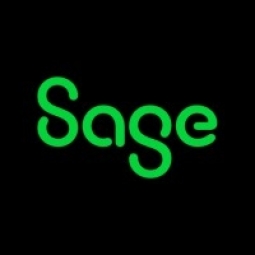公司规模
SME
地区
- America
国家
- United States
产品
- Sage 500 ERP
技术栈
- ERP System
实施规模
- Enterprise-wide Deployment
影响指标
- Cost Savings
- Productivity Improvements
技术
- 功能应用 - 企业资源规划系统 (ERP)
适用功能
- 离散制造
用例
- 自动化制造系统
- 库存管理
服务
- 系统集成
关于客户
SpecPrint, Inc. 是一家家族企业,已有近 60 年历史。该公司垄断了一个独特的利基市场——制造持久的粘性标签。用于标识 Kirbys 等真空吸尘器的贴花来自 SpecPrint。Murray 割草机、Champion 机油滤清器和众多知名家用电器上的标签也来自 SpecPrint。该公司的高品质丝网印刷贴花适用于各种产品,从电源线的微型绝缘体标签到带有重型机械操作说明的大型控制面板。SpecPrint 可利用从纸张到聚碳酸酯等各种基材,几乎可以完成任何印刷项目。高端铭牌在聚碳酸酯底面上反向印刷,然后在油墨上用粘合剂层压,使最终产品几乎坚不可摧。该公司总部位于田纳西州朱丽叶山,拥有 80 名员工。
挑战
SpecPrint, Inc. 多年来一直在基于 AS/400 的软件包上运行会计工作。但是,该系统有一个重大缺陷,即无法处理“联产品”制造,即根据一个订单生产两种产品的情况。这对 SpecPrint 来说是一个重大问题,因为他们的许多产品(例如割草机引擎盖贴花)通常由割草机两侧的镜像版本组成。这些产品需要作为单独的零件号进行跟踪,但根据同一订单制造。旧系统的弱点导致经常出现超额和重复发货。供应商停止支持该产品,这才是压死骆驼的最后一根稻草。SpecPrint 需要一个基于 PC 的替代品,集成所有制造、库存和会计功能,最重要的是,提供联产品管理。
解决方案
SpecPrint 选择 Sage 500 ERP 是因为它满足了他们的所有要求。该系统用于接收原材料、将采购订单数据信息与应付账款凭证进行比较,并设置生产路线。当客户下订单并发送艺术品时,系统会将数据发送给调度员,并将指令传送到车间。劳动力、材料和间接成本应用于手头的工作,以准确计算工作成本,从而提高盈利能力。零件进入库存和运输时会受到跟踪,Sage 500 ERP 会生成发票。物料需求计划 (MRP) 模块可自动执行重新订购原材料的功能,以便更准确地进行补货。
运营影响
数量效益

Case Study missing?
Start adding your own!
Register with your work email and create a new case study profile for your business.
相关案例.
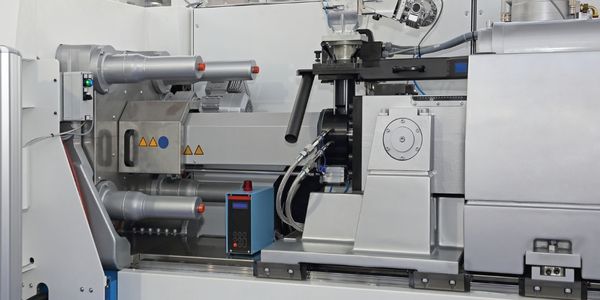
Case Study
Plastic Spoons Case study: Injection Moulding
In order to meet customer expectations by supplying a wide variety of packaging units, from 36 to 1000 spoons per package, a new production and packaging line needed to be built. DeSter wanted to achieve higher production capacity, lower cycle time and a high degree of operator friendliness with this new production line.
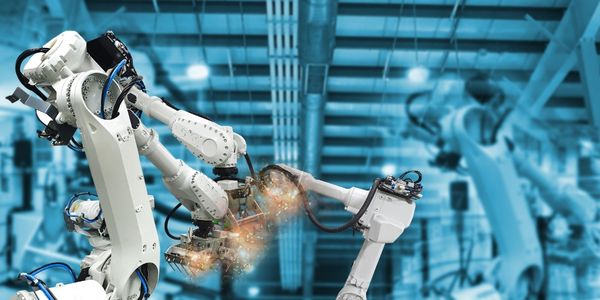
Case Study
Robot Saves Money and Time for US Custom Molding Company
Injection Technology (Itech) is a custom molder for a variety of clients that require precision plastic parts for such products as electric meter covers, dental appliance cases and spools. With 95 employees operating 23 molding machines in a 30,000 square foot plant, Itech wanted to reduce man hours and increase efficiency.

Case Study
Hospital Inventory Management
The hospital supply chain team is responsible for ensuring that the right medical supplies are readily available to clinicians when and where needed, and to do so in the most efficient manner possible. However, many of the systems and processes in use at the cancer center for supply chain management were not best suited to support these goals. Barcoding technology, a commonly used method for inventory management of medical supplies, is labor intensive, time consuming, does not provide real-time visibility into inventory levels and can be prone to error. Consequently, the lack of accurate and real-time visibility into inventory levels across multiple supply rooms in multiple hospital facilities creates additional inefficiency in the system causing over-ordering, hoarding, and wasted supplies. Other sources of waste and cost were also identified as candidates for improvement. Existing systems and processes did not provide adequate security for high-cost inventory within the hospital, which was another driver of cost. A lack of visibility into expiration dates for supplies resulted in supplies being wasted due to past expiry dates. Storage of supplies was also a key consideration given the location of the cancer center’s facilities in a dense urban setting, where space is always at a premium. In order to address the challenges outlined above, the hospital sought a solution that would provide real-time inventory information with high levels of accuracy, reduce the level of manual effort required and enable data driven decision making to ensure that the right supplies were readily available to clinicians in the right location at the right time.
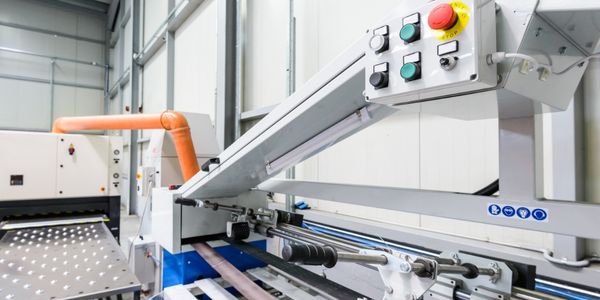
Case Study
Fully Automated Visual Inspection System
Tofflon has developed a fully automatic machine that uses light to inspect vials, medicine bottles, or infusion containers for glass fragments, aluminum particles, rubber grains, hairs, fibers, or other contaminants. It also detects damaged containers with cracks or inclusions (microscopic imperfections), automatically removing faulty or contaminated products. In order to cover all production processes for freeze-dried pharmaceuticals, Tofflon needed to create an open, consistent, and module-based automation concept.
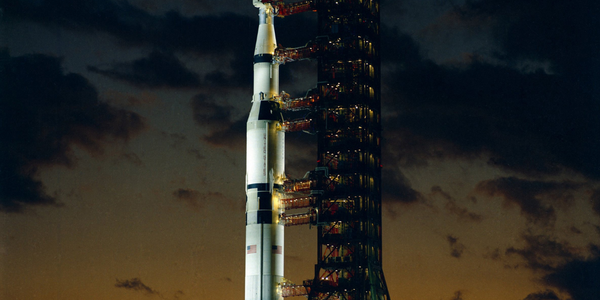
Case Study
SAP Leonardo Enabling Rocket Science
At times, ULA has as many as 15 different operating systems dedicated to overlapping processes, such as rocket design, testing, and launch. Multiple systems created unnecessary costs and unwanted confusion among workers at offices, factories, and launch sites in different location. In order to improve collaboration and transparency during vital activities that directly influence mission success, ULA wanted to improve data sharing and streamline manufacturing processes.




